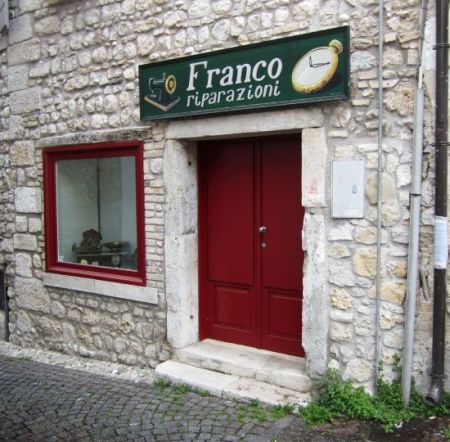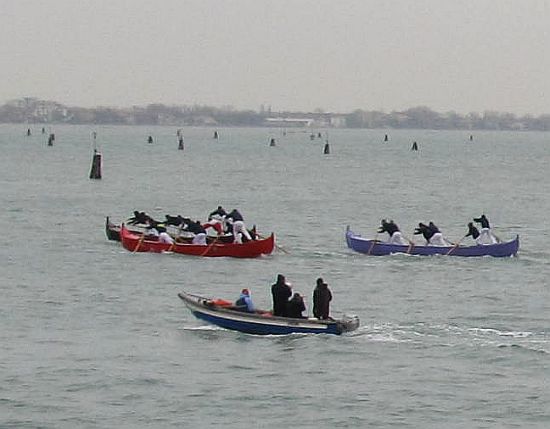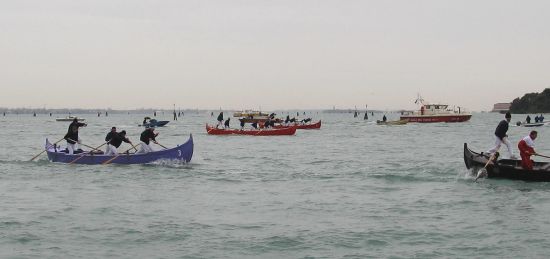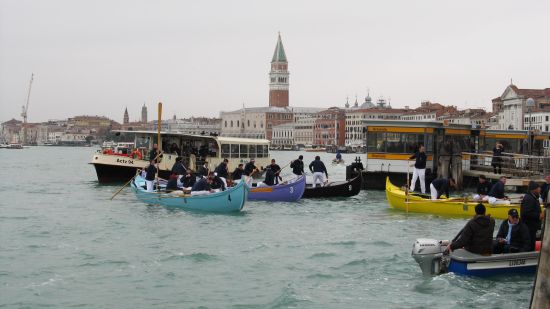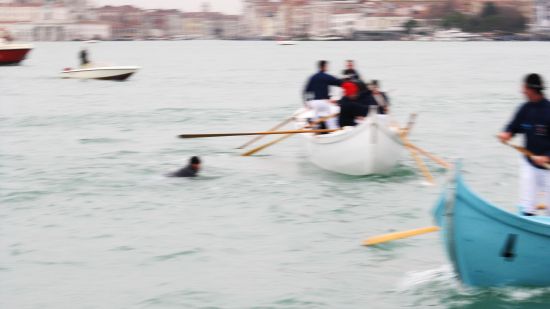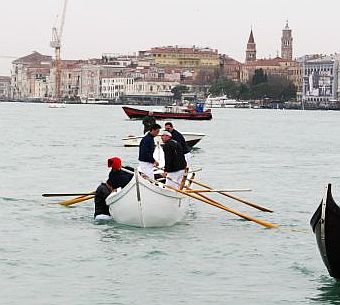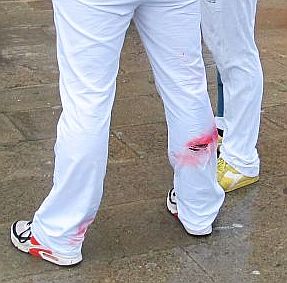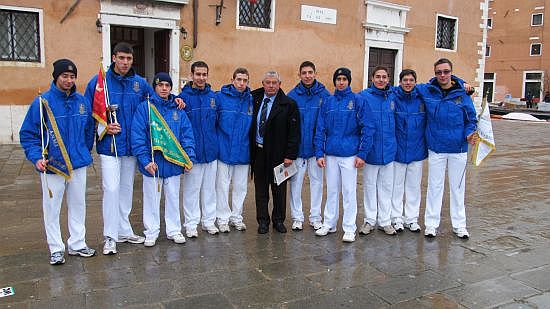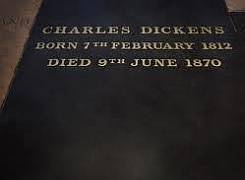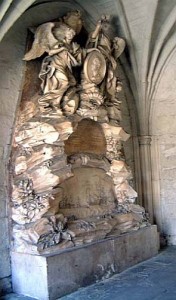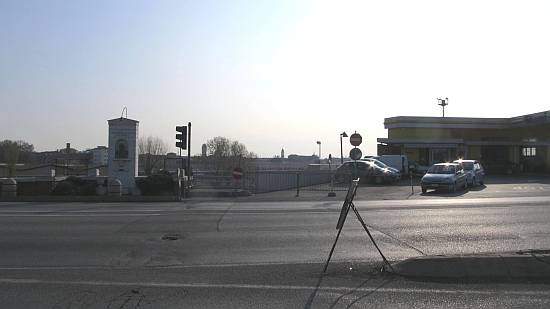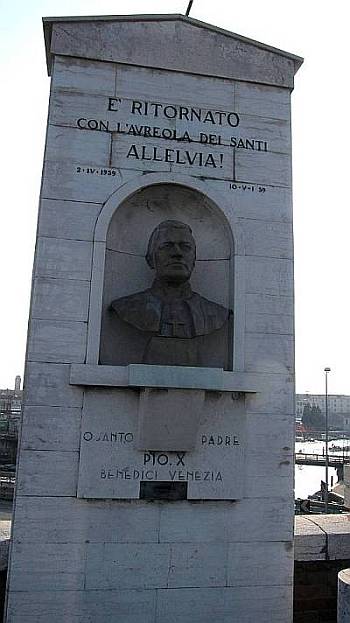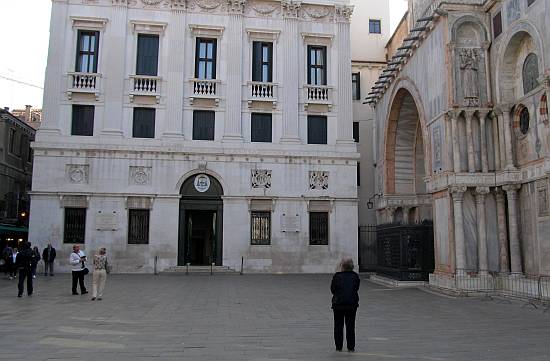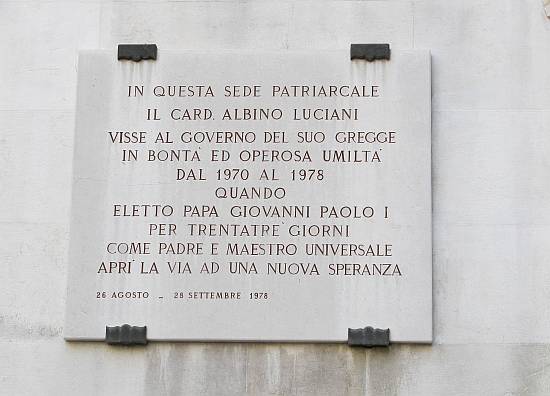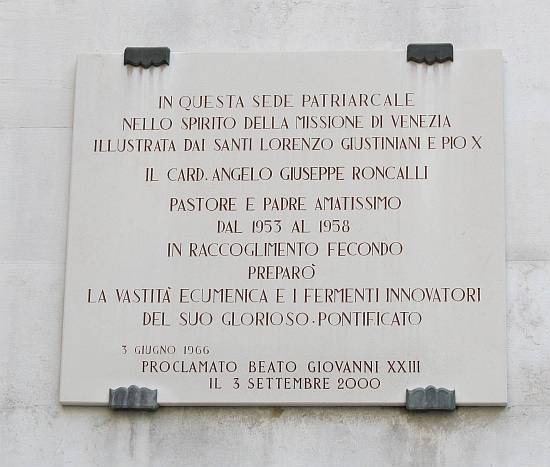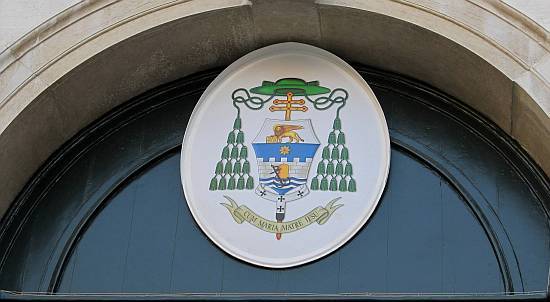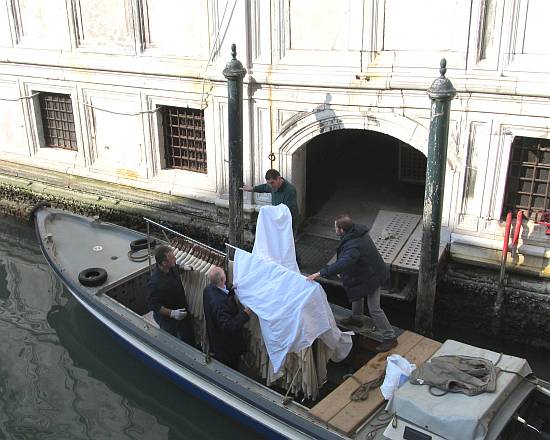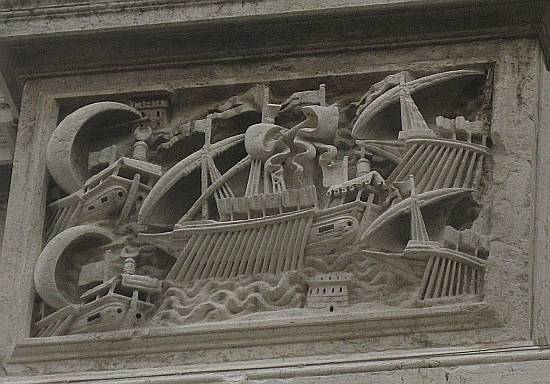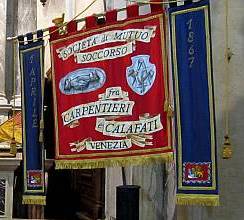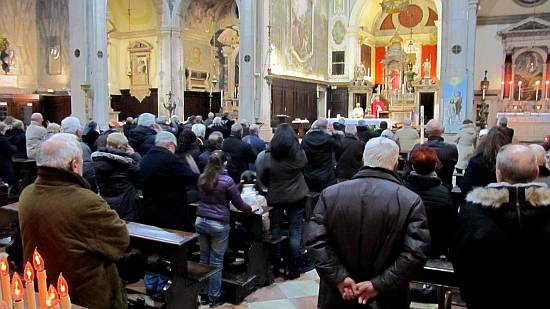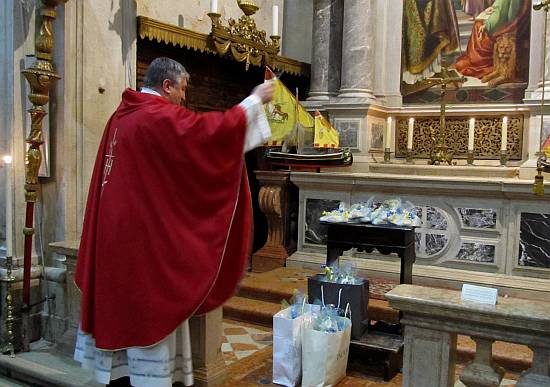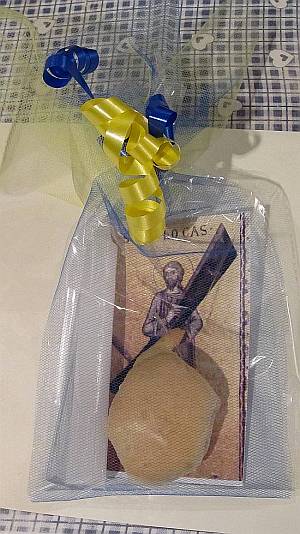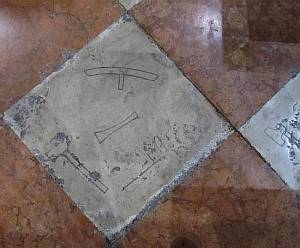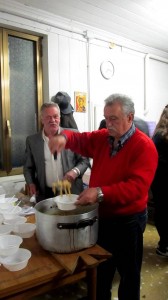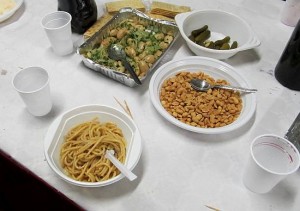
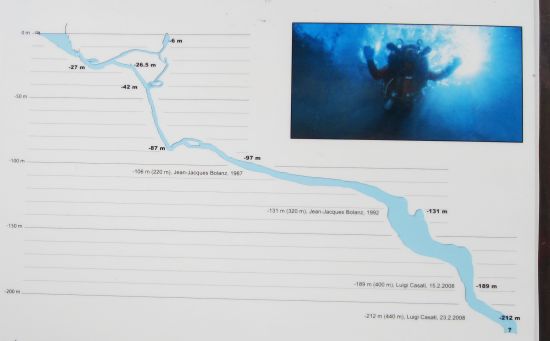
The silence from my end has been too long and also not explained. I can’t do anything about the length (except to break the silence now and stop the clock), but I can explain.
I’ve been in a car — how un-Venetian — with some friends for a week, stravaging around northern Italy from Milan to Pordenone and down to Venice. They were here from Virginia to watch their son play some soccer matches against their Italian counterparts.
This trip gave me a chance to visit, if only briefly, plenty of places I’d never been, several I’d never even heard of, only one of which I’d ever really wanted to see (see photo above), and also the chance to stand interminably in the rain on the muddy sidelines of even muddier soccer fields.
The Veneto has just been through the rainiest March in 20 years — three times more water fell everywhere than is usual. The vintners can’t prune their vineyards, the artichokes are a month behind, and the boys who ran and slid around drenched by the frigid deluge can tell you that they discovered a degree of wetness which nobody, not even skindivers, has ever experienced.
As for our itinerary, “We past through some of the damdes plases ever saw by mortel eyes,” as a Confederate soldier put it in a letter home. At the top of the list is the Hotel Antares in Villafranca di Verona. If you’ve ever wondered where the occupants of UFO’s go when their intergalactic aircraft run out of fuel, I can give you the address.
Now that I’m back and most of the laundry has been done, I confess that I feel very little urge to write anything about Venice at the moment. Catching up with the news here over the past few days has subjected me to a downpour, so to speak, of non-news even more monotonous than the record rain (see above).
What’s been happening in the most-beautiful-city-in-the-world is what has always happened, and what, apparently, ever will happen. By now it appears that there’s hardly any point in mentioning current events, because the same stories will keep turning up every week till Jesus comes back.
The procession of news by now is so repetitive, and so demoralizing, that the 1.20 euros we spend for the daily Gazzettino have become a sort of charity contribution to keep it in business. The national chronicle is stuck in an endless loop of the same names and the same chicanery, and the local reports form one interminable droning chorus about as interesting as singing “Ninety-nine bottles of beer on the wall.”
Classic themes: The constant deterioration of the city — palaces, churches, and bridges are falling to pieces, sometimes near or even on the heads of passersby, and the snaggly paving stones are so untrustworthy in some places that they trip as many people as they can each day and then snicker because they know they’re not going to be punished. There is the phenomenal inefficiency of the public health service. The occasional little old person found dead in his/her home after days/weeks/months. The closing of generations-old stores that can’t pay the insane rent increase, which has typically been raised in order to install yet another glass/mask/pizza-by-the-slice business. These shops sell glass and masks as being made in Venice, which in a sense they are; not by Venetians, though, but by swelling numbers of Chinese immigrants who toil in sweatshops and live in little mainland hellholes.
If you tire of those stories, you can always read about the spectacular mismanagement, in myriad and ever-more-imaginative forms, of the public transport system. It’s amazing how many ways the ACTV finds to throw away money it insists it doesn’t have. And tomorrow there will be yet another transit strike: no buses, no vaporettos, a 24-hour dislocation of life which will produce no results. So there will have to be another one.
Speaking of money, it continues to gush, like water from a busted pipe, out of the Venice Casino, which once was one of the top three contributors to the entire city budget. Then there are the pitiful protests, as tiring and pointless as the wailing of a baby with colic, against the big cruise ships — “pitiful” not because I agree or don’t, but because cruise ships are now such a crucial part of the municipal economy that driving them away would kick the last leg out from under the tottering financial stool of the city’s economy. And “pitiful” because all the schemes which have been proposed to solve this so-called problem will create real, tangible, measurable problems for all eternity.
To sum up, the news from here is a ceaseless litany of the same issues, the same excuses, the same inertia, the same blithe, extravagant, “who, me?” waste of everything including now even my patience and my curiosity.
Oh: And the “Boy with the Frog,” claimed to be scheduled for removal on March 18? It’s still standing there. I let myself get excited by what sounded like a real decision, and now I’m embarrassed. I evidently had more hope than good sense, even after all this time.
If I were a reporter for the Gazzettino, I’d write my stories sitting at home in my underwear listening to old Janis Joplin tracks. I’m not saying anybody actually does that. But they could.
The only interesting thing I’ve heard in a week was about the ten-year-old boy who snuck out of his house in the middle of the night in his pajamas to go smash the window of a toy store with a brick in order to get his hands on the thing he wanted that his parents had refused to buy for him. That was different! But it wasn’t in Venice — it was in Vicenza.

